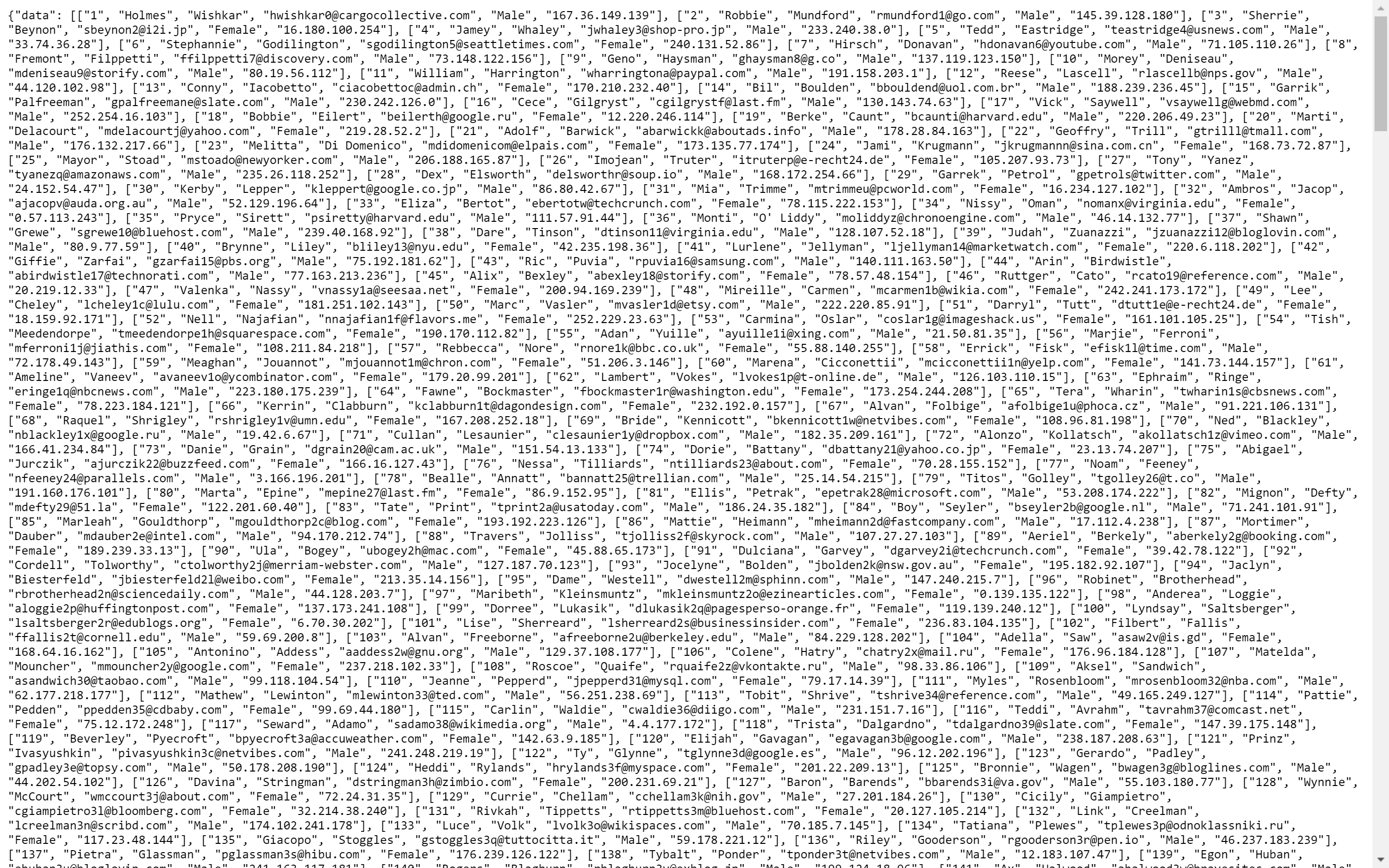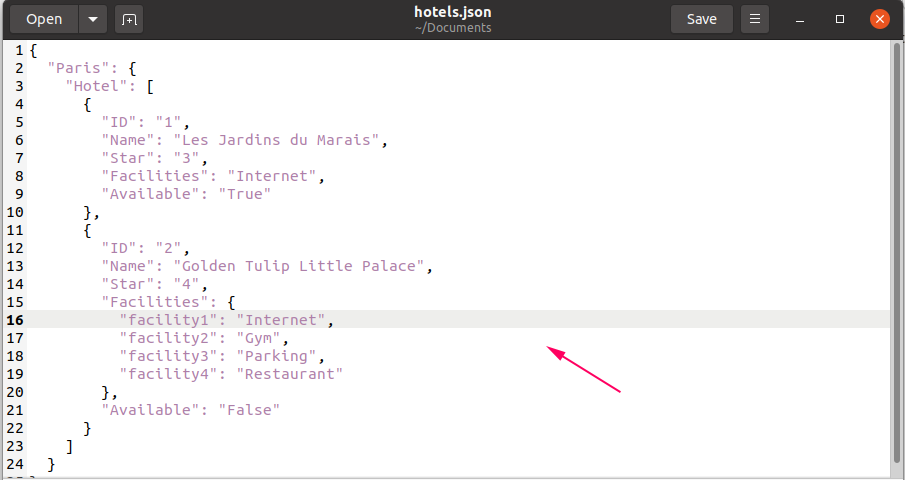

The first (2013) edition of ECMA-404 did not address the pronunciation. s ə n/, as in ' Jason and The Argonauts '". The 2017 international standard (ECMA-404 and ISO/IEC 21778:2017) specifies "Pronounced / ˈ dʒ eɪ. He and Chip Morningstar sent the first JSON message in April 2001. json.ĭouglas Crockford originally specified the JSON format in the early 2000s. It was derived from JavaScript, but many modern programming languages include code to generate and parse JSON-format data. JSON is a language-independent data format. It is a common data format with diverse uses in electronic data interchange, including that of web applications with servers. JSON ( JavaScript Object Notation, pronounced / ˈ dʒ eɪ s ən/ also / ˈ dʒ eɪ ˌ s ɒ n/) is an open standard file format and data interchange format that uses human-readable text to store and transmit data objects consisting of attribute–value pairs and arrays (or other serializable values). You will have to trust that your JSON source is correctly formatted by the source, and prepare for the possibility that the resulting XML data will be rejected as malformed by the destination.STD 90 ( RFC 8259), ECMA-404, ISO/IEC 21778:2017

Nor does JSON have the equivalent of schemas to ensure that your data is well formed. Unfortunately, the JSON to XML path is a bit harder - that policy does not have the option to allow an XSD to guide the transformation to XML. The following project may help you get started on your XSLT. I'll explain those, and then I will present a couple of working proxy solutions that implement SOAP to REST conversions without requiring lots of custom code. Regardless of your reasoning, when converting between XML and JSON, you need to be aware: there are significant differences between XML and JSON, as well as limitations of the XMLToJSON and JSONToXML policies that you should understand. The backend (upstream) need not be aware.


 0 kommentar(er)
0 kommentar(er)
